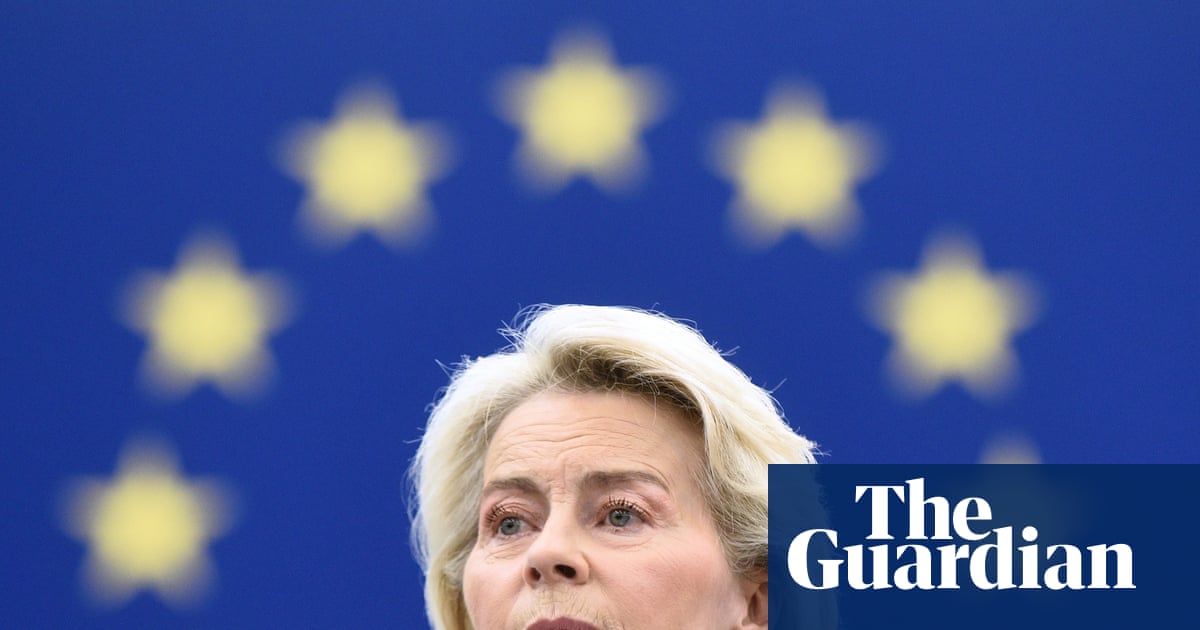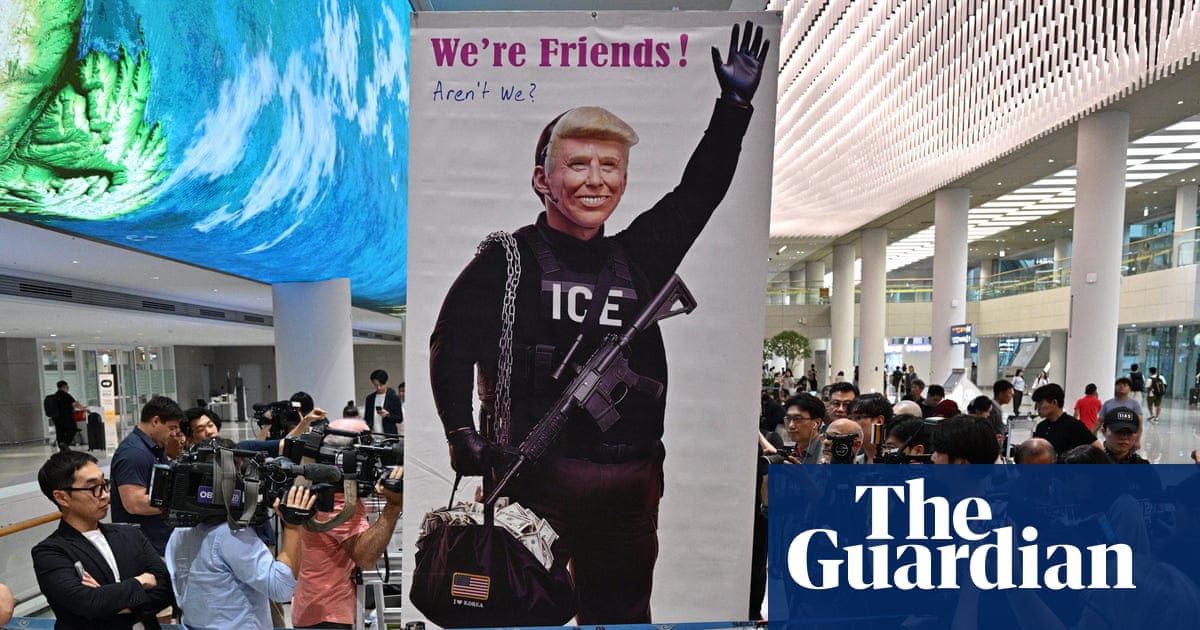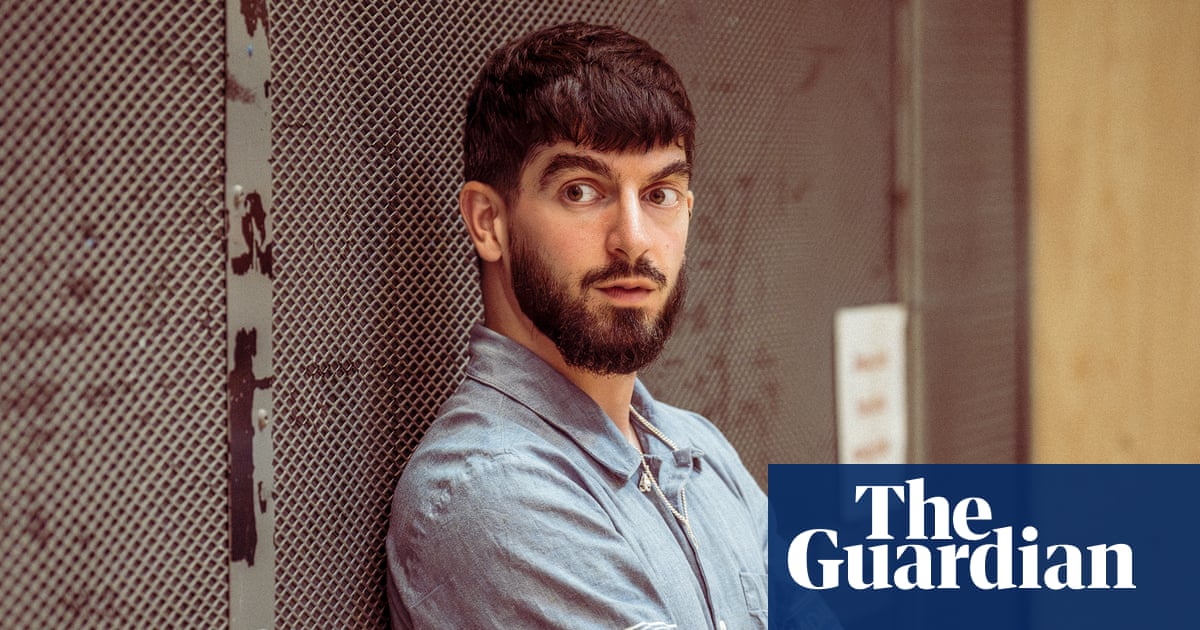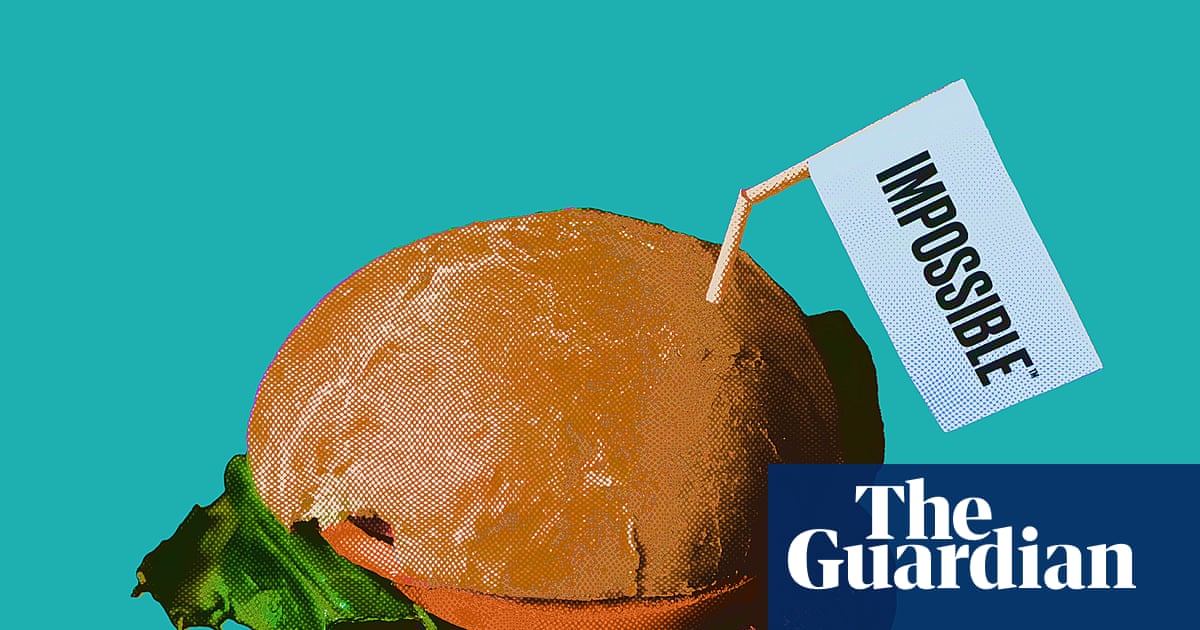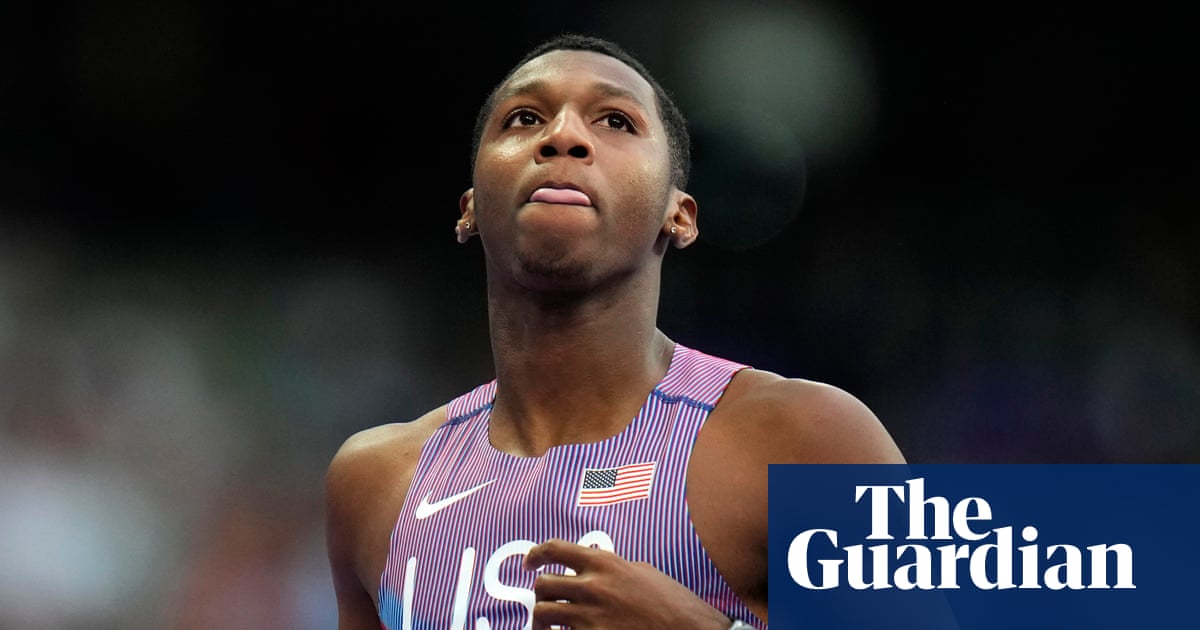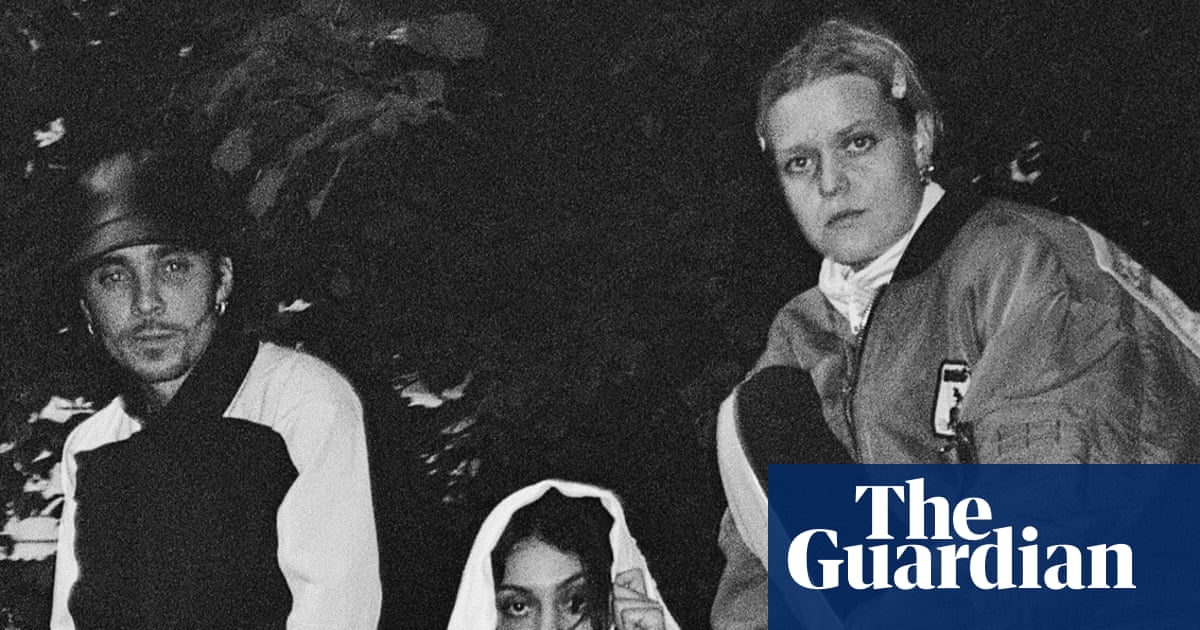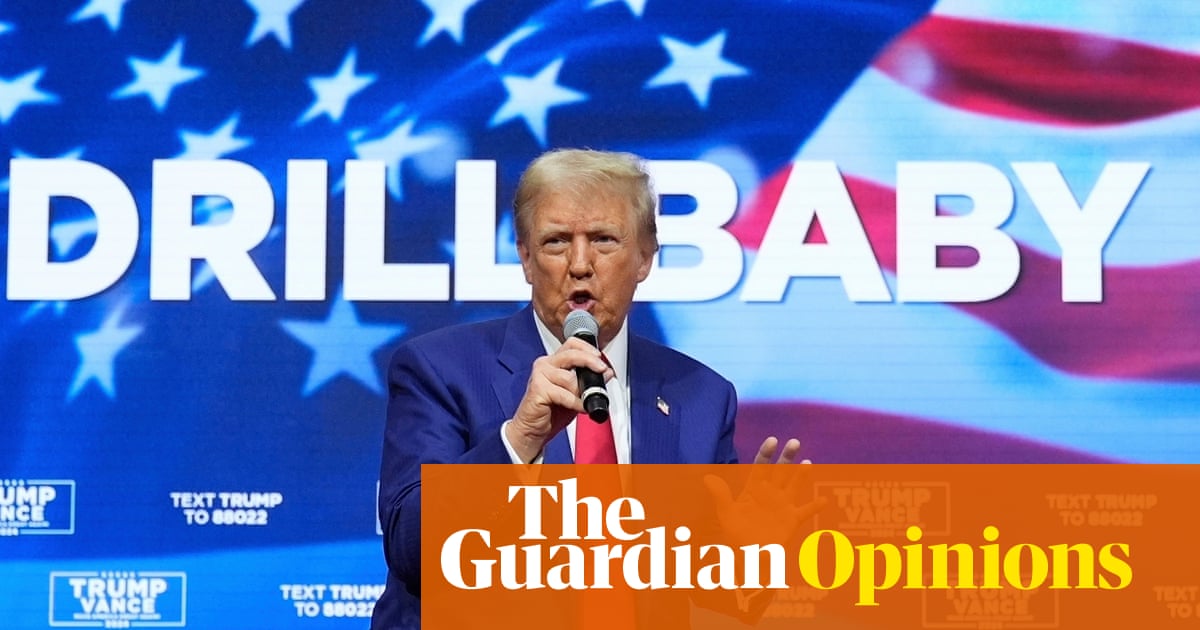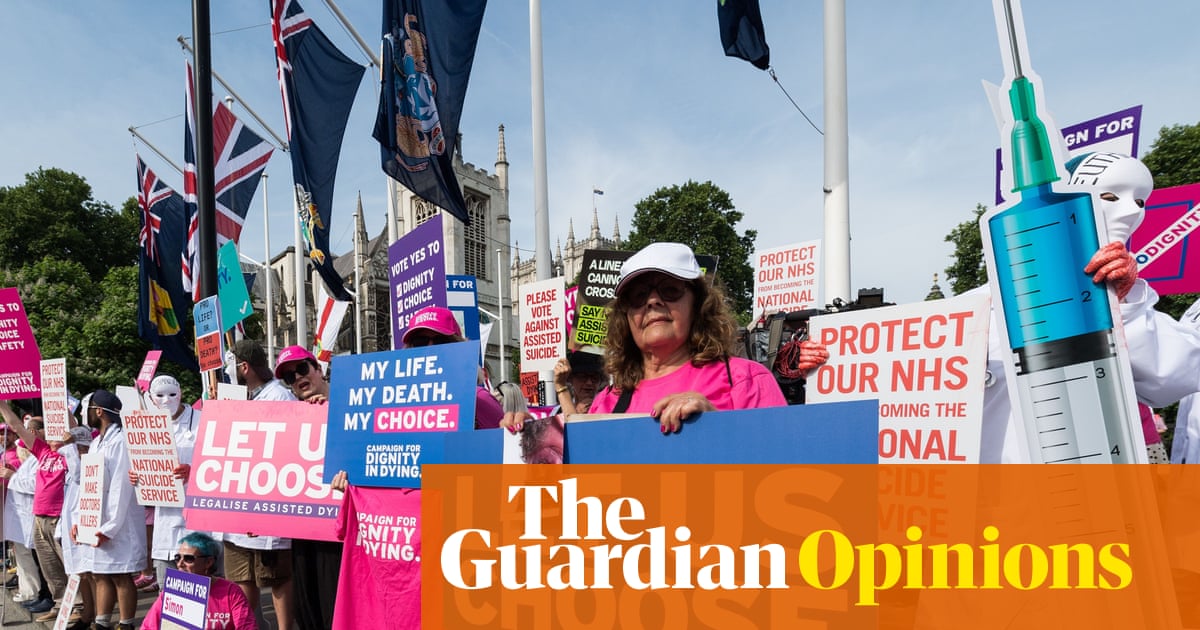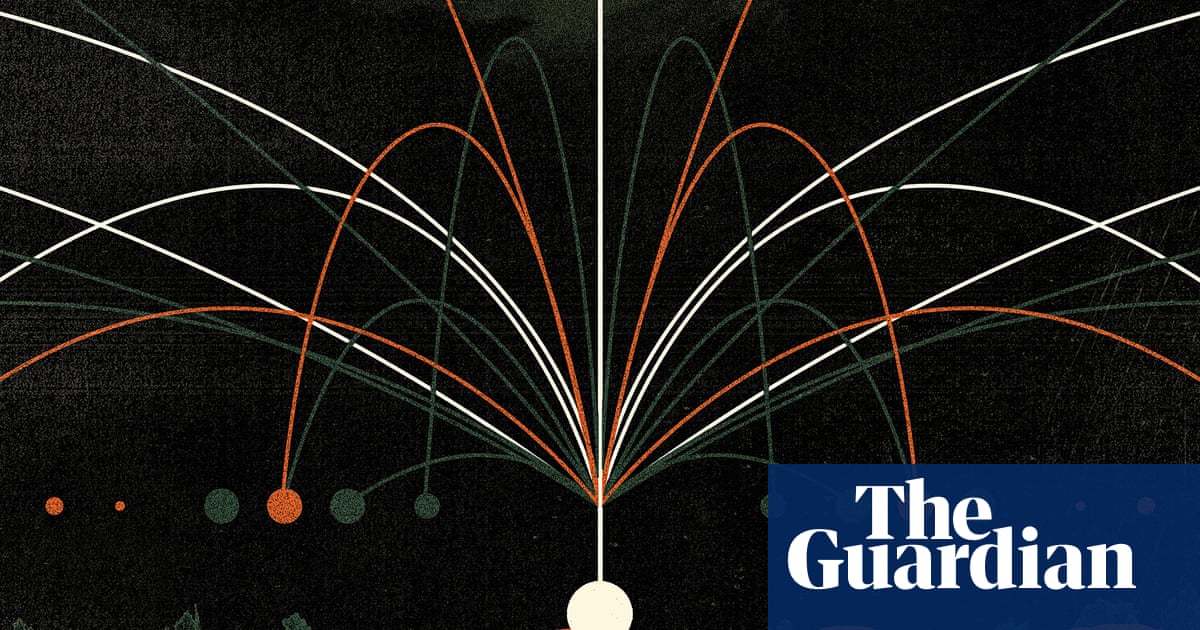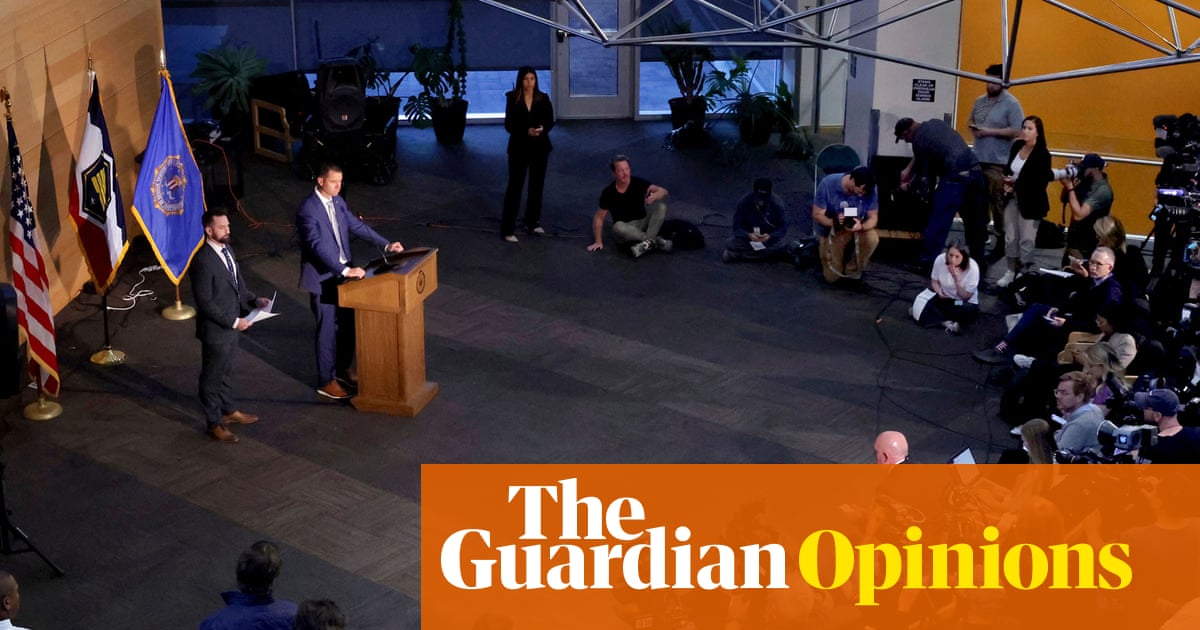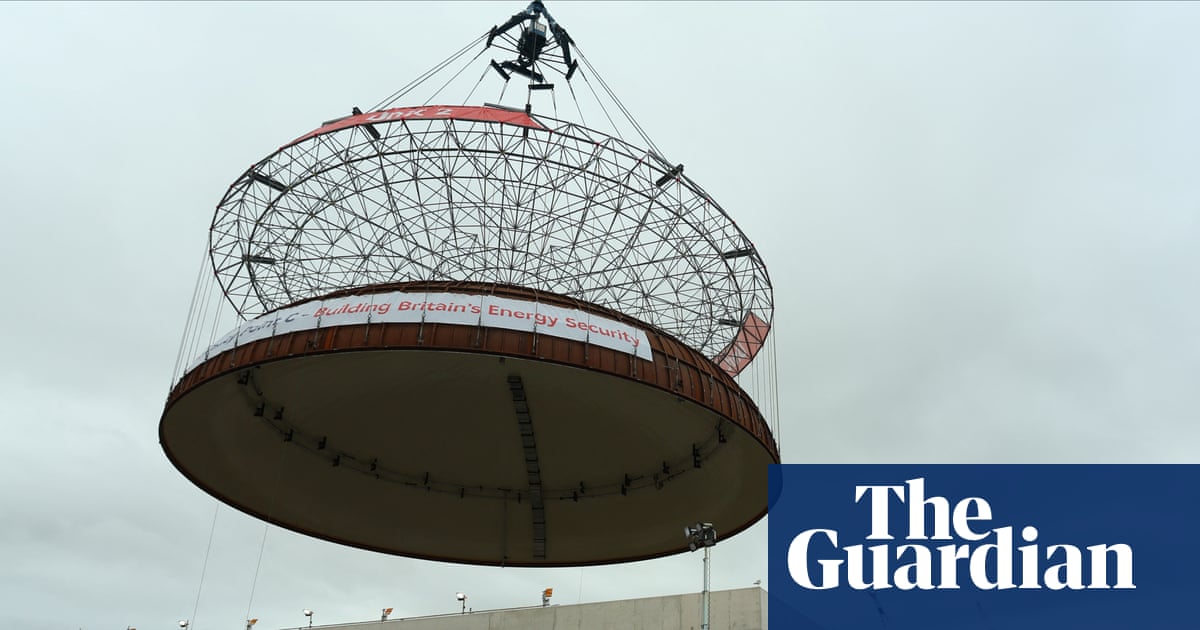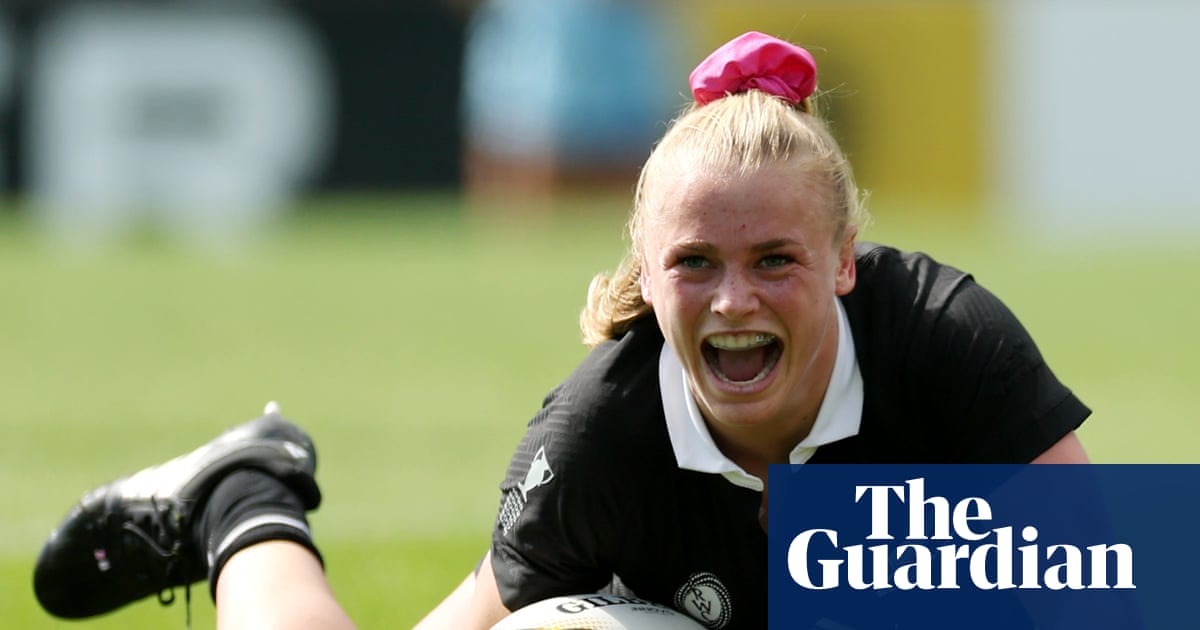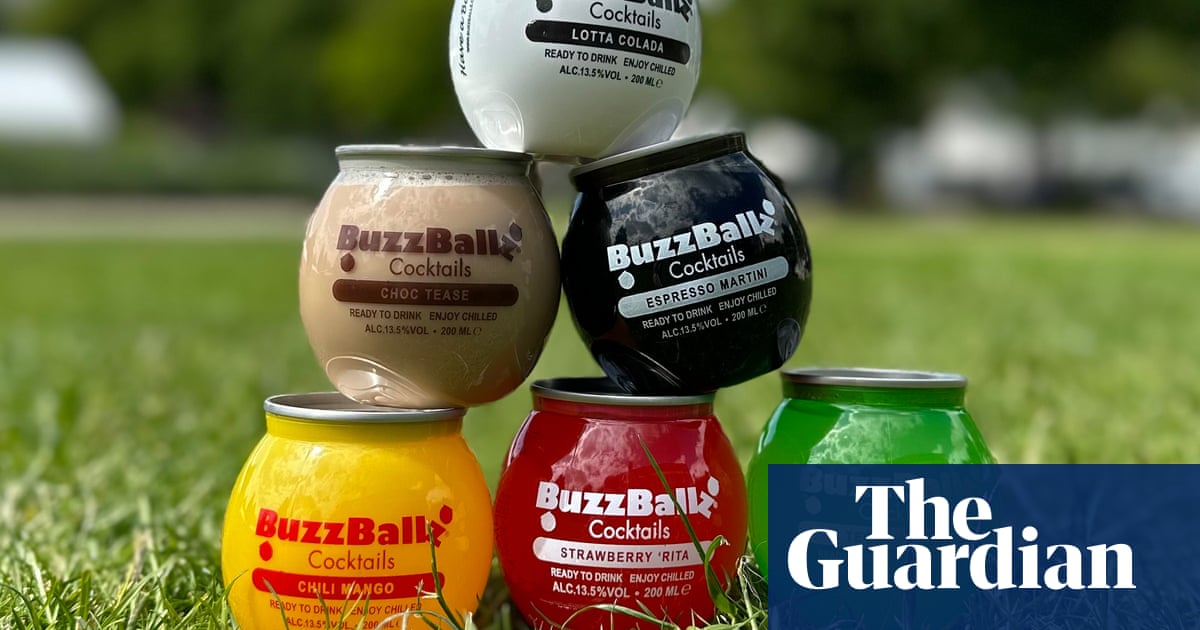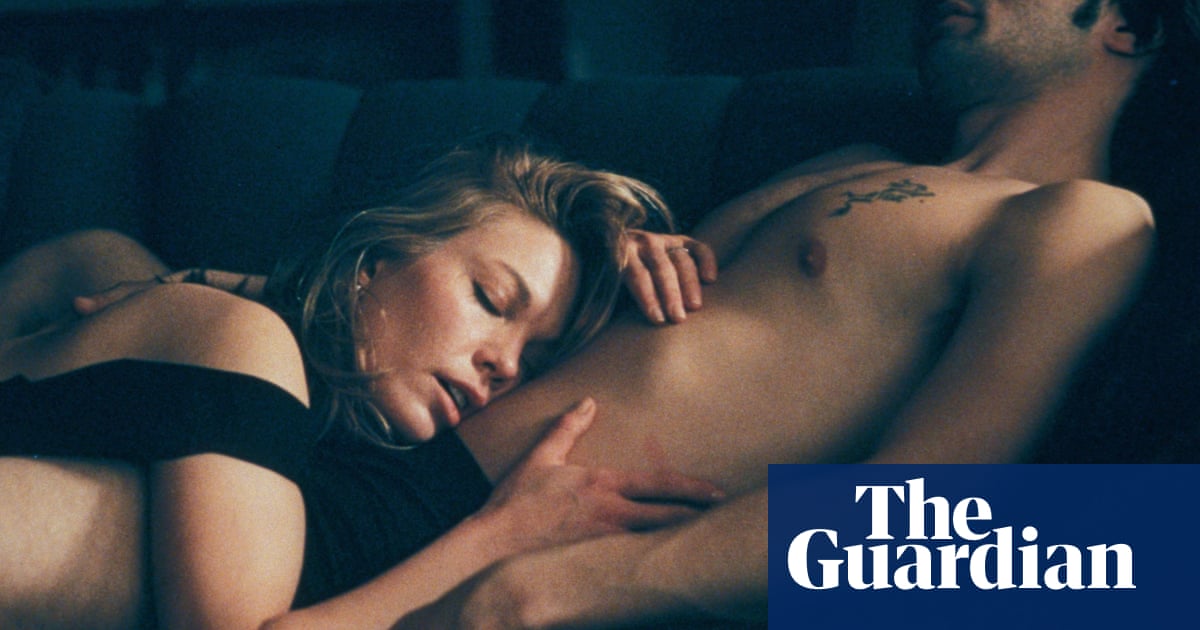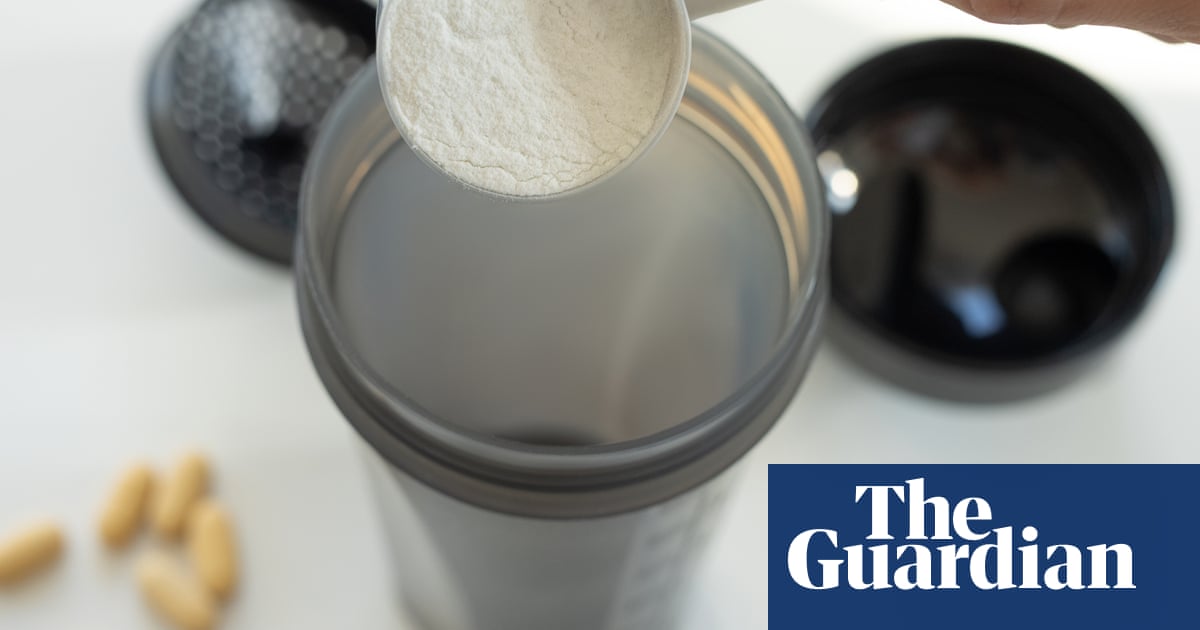Almost immediately after the Knicks’ playoff run ended on Saturday night in Indianapolis, the fan discourse in New York began to closely resemble American politics: hyperbolic, binary and allergic to nuance. But the truth about this team – and Tom Thibodeau’s coaching – lies somewhere in the messy middle.
The Knicks are out. They were eliminated by the Indiana Pacers for the second straight campaign, bowing out from the Eastern Conference finals in six games instead of last year’s seven-game loss in the East semis. As the franchise’s best season in a generation comes to a close, New York are trying to figure out how to feel.
Knicks fandom is a hell of a place. Like the US political scene, it allows only two positions: praise or condemnation. Rational analysis rarely gains traction. Hyperbole prevails. It’s two sides of the same rotten coin.
This season wasn’t a referendum on Thibodeau’s genius or ineptitude. It was something more complicated: a year of real progress, missed chances and rising expectations.
One faction scapegoats Thibodeau without fully understanding their critiques. Some want him fired and replaced by Queens native Michael Malone – who was just fired himself. Others float assistants like Chris Quinn, but can’t articulate his philosophy beyond buzzwords. Often, these arguments mask a lack of understanding more than a coherent vision.
Meanwhile, another camp defends Thibodeau’s every move, refusing to question his substitution patterns, rigid rotations or reliance on hard zone. Terms like “drop coverage” and “schemes” have become lazy shorthand for tribalized opinions.
But just like the disappearing middle ground in national discourse, the truth lies somewhere in between.
This was the Knicks’ first trip to the Eastern Conference finals in 25 years. That progress only happened because ownership finally stepped aside. Once James Dolan hired former agent Leon Rose and gave him room to operate, the team pivoted from star-chasing to smart-drafting, financially-disciplined and culture-building.
Rose hired Thibodeau, his former client, to instill a ready-to-work mentality, then brought in Jalen Brunson, who emerged as a legitimate MVP candidate. Last summer Rose doubled down, cashing in draft capital and depth to reunite Brunson with Villanova teammate Mikal Bridges and adding Karl-Anthony Towns, OG Anunoby and Josh Hart.
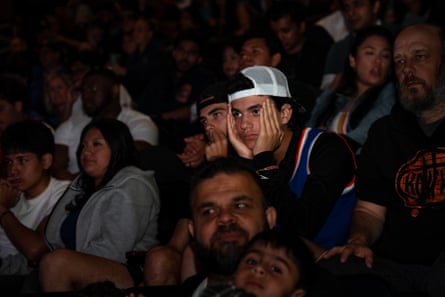
That core delivered 51 wins and propelled New York to fifth in offensive rating (117.3) and eighth in net rating (4.0). They gutted out a first-round win over Detroit, then stunned top-seeded Boston in six behind a lethal Brunson-Towns pick-and-roll and a defense that played the gaps and switched more aggressively than at any point in the regular season.
But against Indiana, their momentum stalled. The Pacers’ fast-paced 10-man rotation overwhelmed New York. They sent waves of defenders at Brunson, while Andrew Nembhard turned in the best defensive series of his career. After that epic collapse in the series opener, Thibodeau had already shortened the rotation to seven for Game 2. He brought in Mitchell Robinson and Deuce McBride to shore up the pick-and-roll defense, where Brunson and Towns are most vulnerable.
In Game 3, Thibodeau improvised, going nine-deep. Towns scored 20 of his 24 points in the fourth quarter to erase a 20-point deficit. Delon Wright and Landry Shamet were crucial on the defensive end. But in Game 4, neither Wright nor Shamet played in the third quarter, when Indiana seized control. They returned in the fourth, but Thibodeau closed with his usual starters, a group that was minus-20 in the series and minus-41 across the playoffs. Despite being plus-8 in Game 3, McBride, Wright and Shamet never shared the floor together in Game 4. Thibodeau’s most damaging choice may have been closing with Hart over McBride, who had barely guarded Tyrese Haliburton.
Ironically, Thibodeau made the same decisions in Game 5, but the Knicks won and critics went quiet. Wright and Shamet again sat the third quarter. Robinson again didn’t close. The hypocrisy of Thibs detractors borders on performative.
The Knicks played from behind in nearly every playoff game except Game 5. Critics use this as justification to call for Thibodeau’s dismissal. But 17 turnovers in Games 4 and 6 – not a product of coaching – were decisive. The team’s 19.5 assists per game in the series weren’t on Thibodeau either. He ran a wide array of actions – horn sets, pin-downs, DHO, high pick-and-roll – but Indiana smothered secondary options, forcing Brunson and Towns into iso-heavy, low-efficiency looks.
Brunson recorded just five assists to Towns across the entire series. That lack of connection played right into Rick Carlisle’s hands. His game plan –blitzing on switches, walling off Hart and Bridges in the lane – was clinical. Carlisle outcoached Thibodeau. But there’s no shame in that. Carlisle is a champion and one of the sharpest minds in the game.
Every player in the Knicks’ main seven-man rotation had a fatal flaw: Bridges’ handle, Anunoby’s rebounding, Hart’s shooting, Robinson’s durability, McBride’s playmaking.
Thibodeau isn’t a fraud or a genius. He gave fans what they asked for: deeper rotations, experimental lineups, extended minutes for the Towns-Robinson twin tower pairing. It still wasn’t enough. The Pacers were simply better.
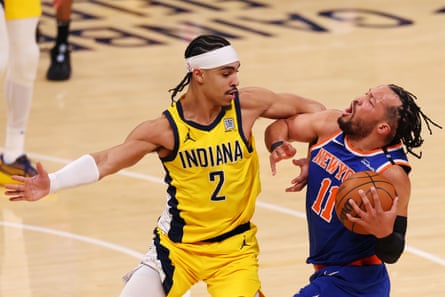
Now it’s on Rose to retool the roster. That likely starts with keeping Robinson as the starting center and reconsidering Hart’s role. His lack of shooting limits five-out spacing and his defense, once a calling card, has regressed. He struggled consistenly on switches and blew key rotations.
Brunson and Towns remain elite offensively, but both are liabilities in transition and in ball-screen coverage. The Knicks’ regular-season defense was 2.8 points per 100 possessions better with Towns off the floor. In the playoffs, that gap narrowed –but problems remained. Thibodeau tried everything: starting Robinson, pre-switching with Anunoby, plugging in Hart. When Towns dropped, Indiana hit jumpers. When he switched, they beat him off the dribble. By Game 6, the starting unit had a minus-33 defensive rating. Poor communication plagued them all season.
This wasn’t a collapse. It was a ceiling.
The Knicks are no longer a punchline. They’re a real team with real stakes and real expectations. Every game in this series was winnable. They weren’t embarrassed, but they were outplayed.
Visibility brings volume, however. The higher the stakes, the louder the takes. Knicks fandom now operates like a two-party system. Its future may depend on whether fan – and the franchise – can embrace complexity instead of shouting past each other.

 3 months ago
87
3 months ago
87
